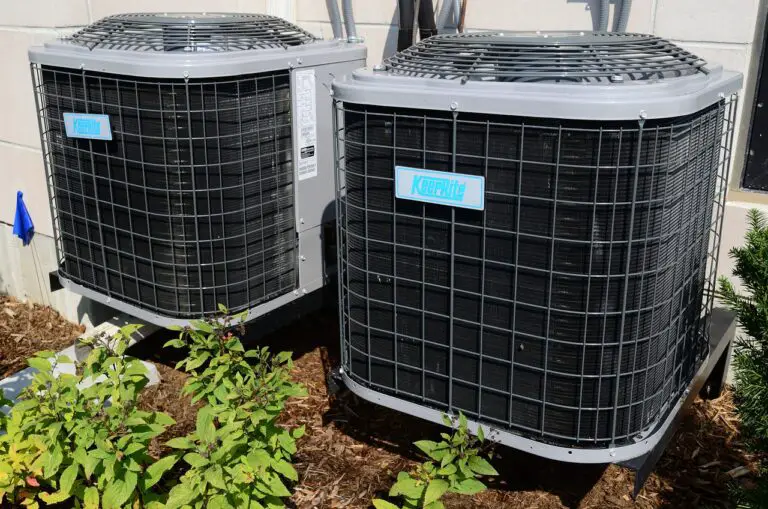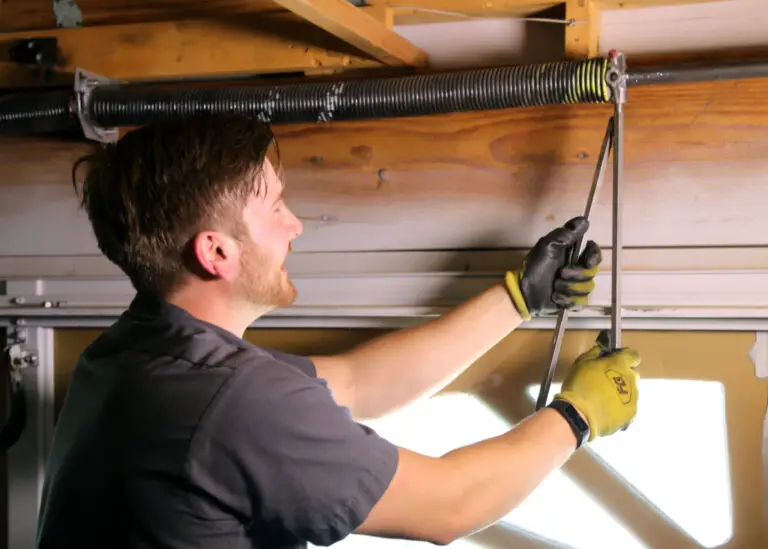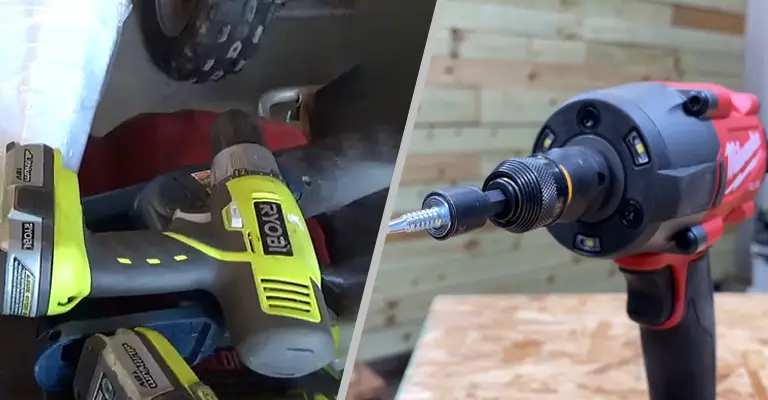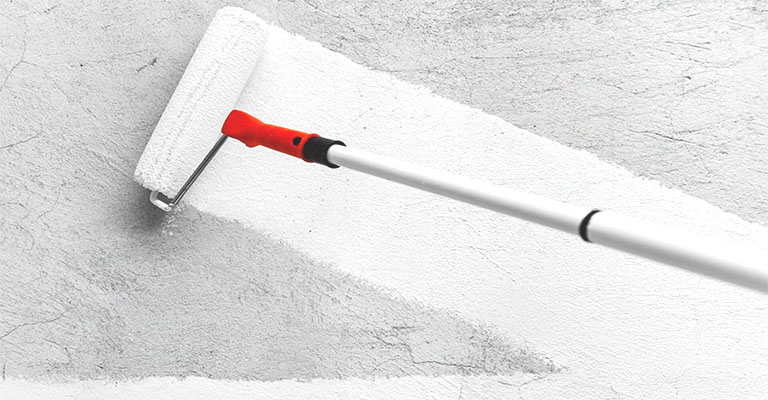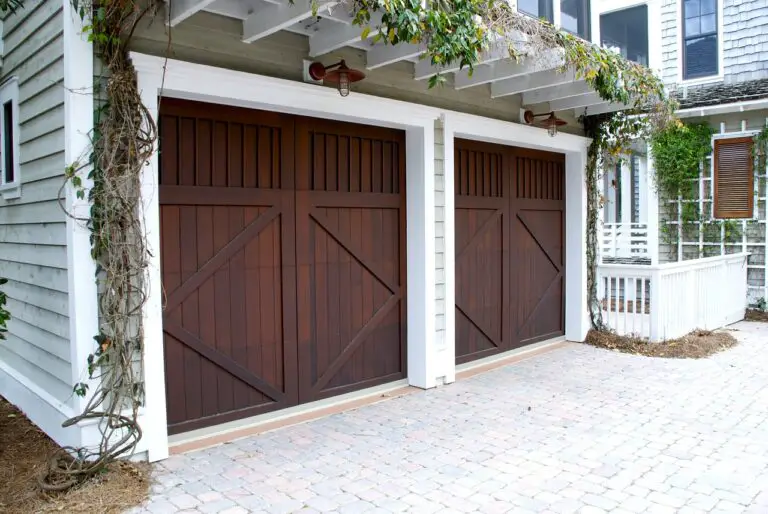Does Benjamin Moore Advance Turn Yellow? Why
Due to several environmental causes, Benjamin Moore’s advance can turn yellow, moisture is one of them. Also, if your room does not have enough access to light, both artificial and sunlight, then the white Benjamin Moore advanced paint can turn yellow.
Besides, if you smoke in your room, that smoke will end up causing moisture and turn into a yellow stain later. And the same goes for cooking. To know more about why Benjamin Moore Advance turns yellow, keep reading and see what our experts have to say about it.
Does Benjamin Moore Advance Turn Yellow? Why
Benjamin Moore’s advance has become quite popular among homeowners and professional contractors as it fills the gap between latex and oil-based enamels. But is it the perfect option for your home projects like kitchen cabinets? Well, some users did not have a 100% positive opinion about this.
Because according to many users, Benjamin Moore’s advance turns yellow after a while. Though some users have said otherwise. But this is a kind of issue we can not ignore. But why does this problem occur after applying the paint?
We will get to this point later. But first, let’s talk about what Benjamin Moore’s advanced painting is. Also, we will point out some of its essential properties that you must know before you apply them to one of your furniture.
What is Benjamin Moore’s Advance
For the kitchen cabinet, doors, windows, trim, or other furniture, oil-based enamel would be the best option for you. So, you can go with Benjamin Moore’s Satin Impervo. But they are quite high in odors and VOCs, the dry time is more than 24 hours and it requires a solvent to clean up.

However, with such oil-based paint, you can have a durable and beautiful finish. Also, they dry hard and have got pretty decent adhesion as well. Additionally, they are quite easy to apply. On the other hand, latex paint or water-based paints have low VOC contents.
Why they are useful?
As a result, they are quite easy to apply and clean. And with low odor, they dry up quite faster, compared to oil-based paint. But the disadvantage with these latex paints is, that the finished look is not that great comparatively. Moreover, they do not flow that much and are quite low with adhesion.
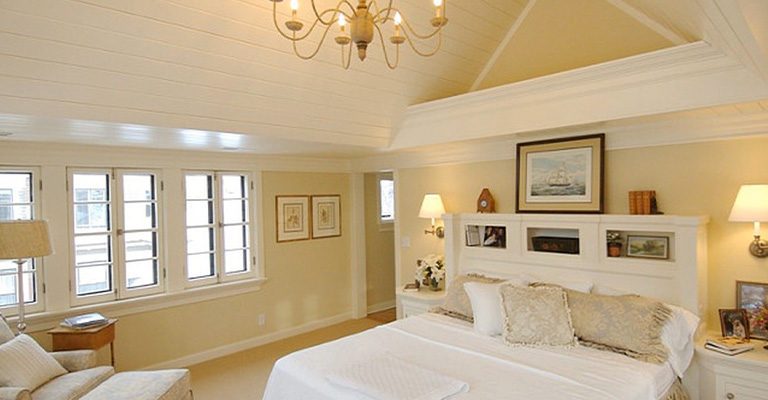
Now you can see a huge gap between these two types of paints. And to fill this gap, Benjamin Moore has come up with their new Benjamin Moore Advance paint. On paper, BM advance provides us with almost all the positive sides of water and oil-based paint, where it lacks most of the disadvantages.
It means, that with Benjamin Moore Advance, you can have a great finish, proper adhesion and flow, better durability, and less drying time. Also, with fewer VOC contents, the odor is quite decent here.
For a better comparison, an Oil-based Impervo has 375 grams of VOC contents per liter whereas, with water-based Impervo, the number is just 135 grams/liter. As for the advance, it has only 47 grams/liter which make it preferable for many painters, on paper.
Disadvantages of Benjamin Moore’s Advance
However, the key issues hereafter applying the paint, are durability and curing. The paint comes off easily without being used that much. And on the corners or the edges, little spots or dings can be noticed after a while. Also, curing might not be its best feature here as well.
Besides, BM advance is quite vulnerable to drips and sags which makes it difficult for us to sand properly. So, you should not expect the best finish with this particular paint.
Why Benjamin Moore Advance Turn Yellow?
As you already know, BM advance is a water-based alkyd. So it tends to turn into a yellowish color a while after the paint is applied. And for this transformation, the environment plays a vital role here.

Also, you have to choose a proper primer. And while priming, make sure that you are following the right instruction for your final coating. However, preventing moisture might be the best thing you can do to prevent your white paint from turning yellow.
Moreover, smoking and cooking can cause moisture and that can end up being a yellow stain on your white paint.
Spraying Benjamin Moore Advance
When you are thinking about spraying Benjamin Moore Advance, an HVLP sprayer might be the best option for you. As it is a low-pressure high-volume sprayer, this particular paint should go well with it.
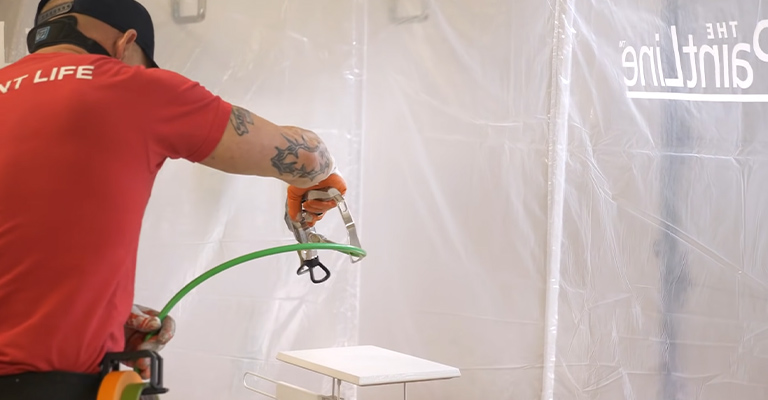
Moreover, the HVLP sprayer requires quite thin paint for the best outcome. Even though BM advance is pretty thin comparatively, thinning it down to at least 20% can provide a fine mist and a better finish here.
Rolling and brushing Benjamin Moore Advance
Painting with a bristle brush can give you quite a great experience if you are working with Benjamin Moore Advance. To apply paint on your doors, windows, and trims, both rolling and brushing will be of significant advantage for you. And using a high-quality brush will also ensure an even finish as BM advance allows better flow.
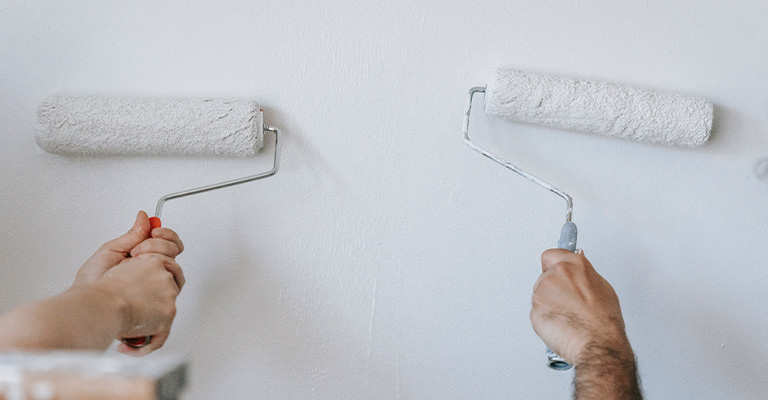
Dry Time
As the specification says, the Benjamin Moore Advance will dry to touch in around 4 hours. And just in 16 hours, you can do the recoating on it. But as a matter of fact, your drying time can be significantly less than it said. If the humidity in your area is in your favor, as with any water-based paint, the dry time to touch can be around 1 hour.
And for a task like sanding and recoating, you might have to wait for 3 to 4 hours top.
Curing
Curing and drying are two different things. And both are equally important when the quality and durability of the paint are being considered. Usually, 7 to 30 days is a decent period when it comes to curing. And it means, the paints have reached their ultimate hardness and can not be scratched easily.
Just like any other paint, you will have to wait for up to 30 days to gain the maximum hardness, the full curing, with Benjamin Moore Advance.
Touch up
It does not matter how good your paint job has been, it is important how capable your enamel is against touch-ups. And eventually, you will end up having a touch-up after the job is done. As some paints are terrible against touch up. And when you try to fix those small areas individually, the outcome is not very satisfying.
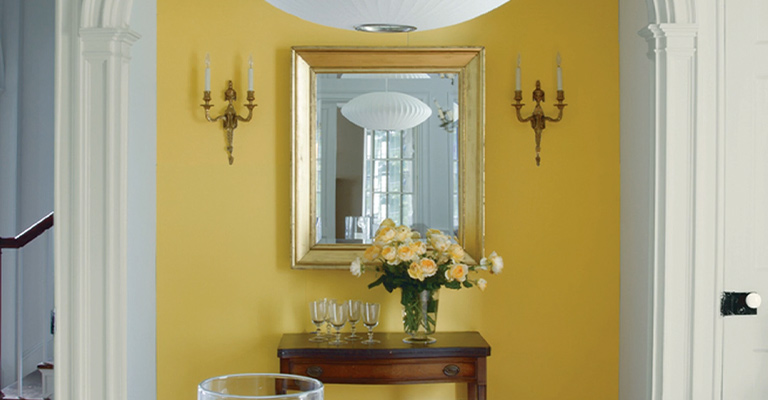
But with Benjamin Moore’s advance, you will face no such situations. And within 24 hours, the small touch-up work will blend with other areas. And afterward, they will hardly be noticeable. It’s better than Dunn Edwards in some ways.
Frequently Asked Questions
Do alkyd paint yellow?
Particularly, light alkyd paints tend to turn into a yellowish color after a while. So if you apply white alkyd paint, it might end up being yellow
How do you keep white paint from turning yellow?
Both artificial and sunlight can prevent your white paint from being yellow. And sometimes it can work reversely.
Conclusion
Benjamin Moore’s advance can be a great alternative to both oil and water-based paint. But when it comes to durability and curing, some people might prefer other options. Yet you can always use this paint where it does not see that much high traffic. Now that you know if Benjamin Moore’s advance turns yellow and why you can choose whether you should go with it or not.


